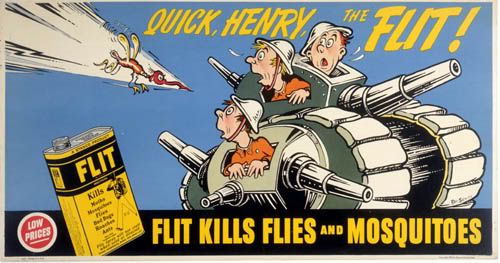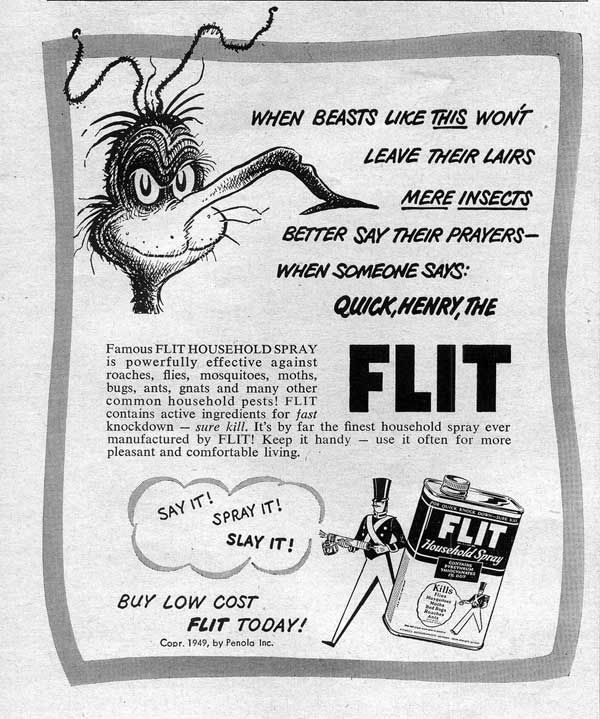Fleur de vanité
New in Town
- Messages
- 34
- Location
- Monroe,North Carolina
I've been thinking about this alot lately.
As I religiously clean my home no less than 3 times a day (Yes,I am a clean freak) I have often wondered what women used in the Golden Era to clean thier homes with.
What products were used? and how they were used. Also,I've been curious as to what types of food they prepared.
Any links,Ladies?
Thank you!
As I religiously clean my home no less than 3 times a day (Yes,I am a clean freak) I have often wondered what women used in the Golden Era to clean thier homes with.
What products were used? and how they were used. Also,I've been curious as to what types of food they prepared.
Any links,Ladies?
Thank you!






